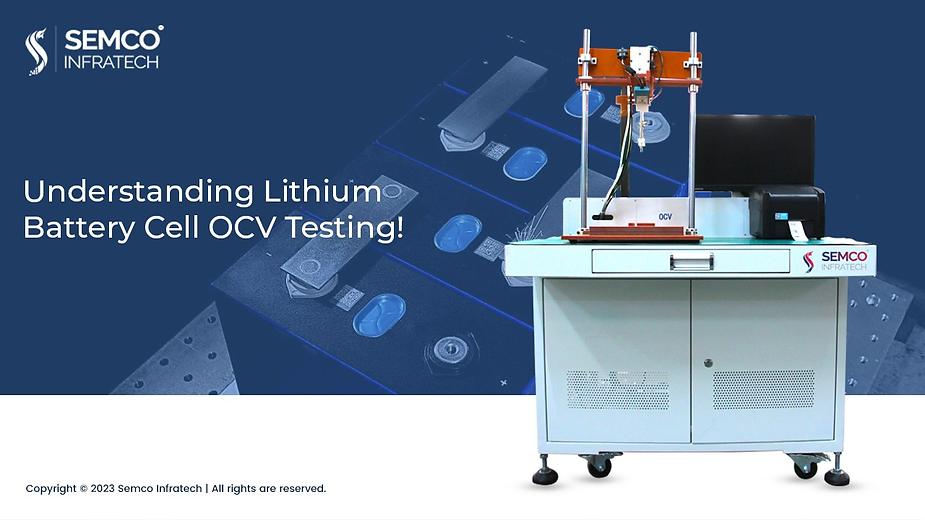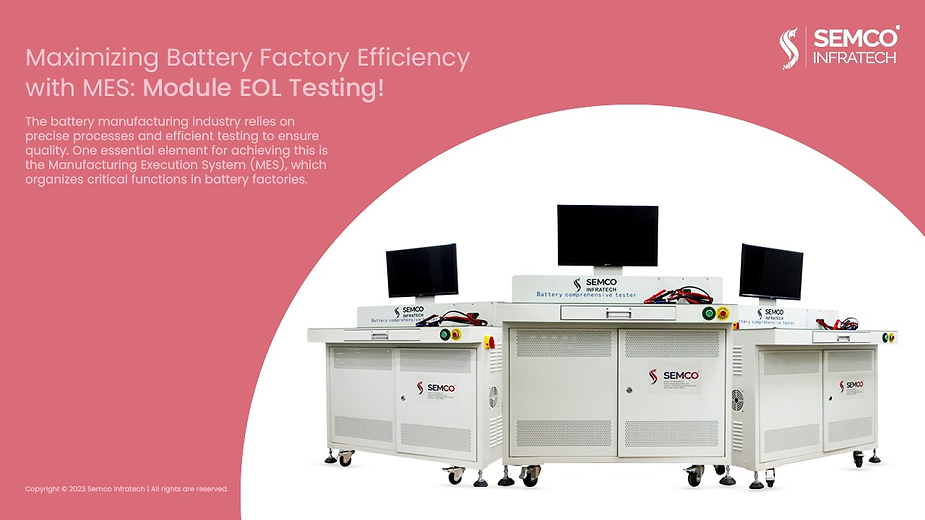Lithium-ion batteries are at the heart of modern technology, powering everything from smartphones to electric vehicles. Ensuring the health and performance of these batteries is of paramount importance. One valuable tool in assessing the state of lithium battery cells is the Open Circuit Voltage (OCV) test. In this article, we’ll explore the principles, parameters, and precautions associated with lithium battery cell OCV testing.
I. OCV Test Principles
The OCV test is a method used to estimate the state of battery cells. It involves measuring the open circuit voltage, AC internal resistance, and housing voltage of individual battery monomers. By assessing the voltage of the battery under open circuit conditions, valuable insights into the battery’s remaining capacity and overall health can be obtained.

- Remaining Capacity Estimation: The core principle of the OCV test is to gauge the relationship between a battery’s open circuit voltage and its remaining capacity. As a battery discharges, its open circuit voltage decreases. By measuring the voltage at different states of charge, a curve can be established, allowing for the estimation of remaining capacity.
- Termination Voltage: During discharge, the open circuit voltage of a battery steadily decreases with diminishing capacity. At a certain point, often referred to as the termination voltage, the voltage drop becomes significant. This critical voltage level signifies that the battery is nearly depleted.
- Calibration and Modelling: Real-world application of the OCV test typically requires calibration and modeling based on historical data and battery characteristics. This process involves measuring the open circuit voltage of the battery at various states of charge and leveraging existing models and calibration data to infer remaining capacity or health status.
II. Parameters Involved in Lithium Battery Cell OCV Testing
To gain a comprehensive understanding of lithium battery cell OCV testing, it’s essential to be familiar with the key parameters involved:
- Open Circuit Voltage: This is the voltage measured when the battery has no external load after resting for a specific period. It serves as a valuable indicator for estimating the battery’s remaining capacity and overall health.
- Cut-off Voltage: The cut-off voltage is the voltage at which a battery is considered discharged. It is a crucial parameter for determining the end of a battery’s discharge cycle.
- Battery Characteristic Curve: By measuring the open circuit voltage of a battery at various states of charge, a characteristic curve can be established, showing the relationship between open circuit voltage and remaining capacity.
- Calibration Data: Calibration involves refining test results based on historical battery data and characteristics. Calibration enhances the accuracy and reliability of OCV tests.
- Estimation Algorithm: Estimation algorithms use the open circuit voltage of the battery, combined with existing models or calibration data, to infer the remaining capacity or health status of the battery through a defined mathematical algorithm.
III. Precautions in Lithium Battery Cell OCV Testing
While the OCV test is a valuable tool, its accuracy and reliability can be influenced by various factors, including changes in battery characteristics, temperature variations, and usage conditions. Therefore, it is essential to exercise caution and consider the following precautions:

- Environmental Factors: Factors such as temperature and usage conditions can significantly impact the accuracy of OCV tests. Be mindful of these variables during testing.
- Comprehensive Assessment: Recognize that the OCV test is just one method of estimating a battery’s state. For a comprehensive evaluation, it’s often necessary to combine multiple test methods and algorithms.
Conclusion
In conclusion, the Open Circuit Voltage (OCV) test is a vital tool for assessing the state of lithium battery cells. By measuring the voltage at different states of charge and utilizing calibration data and estimation algorithms, valuable insights into a battery’s remaining capacity and health can be obtained. However, it’s crucial to exercise caution and consider various factors to ensure accurate and reliable results when conducting OCV tests.





